Is It Easy to Get Head Lice Again if You Have Already Had It
It seems like you'd know if you or a loved one has lice. But, if you've never dealt with the creepy scalp crawlers in the past, it can be hard to know what you're looking for. In fact, the signs and symptoms of lice can actually look and feel a lot like dandruff.
But head lice is in a whole league of its own. These tiny parasitic insects are about two to three millimeters long—and they feast on human blood, according to the Centers for Disease Control and Prevention (CDC). Lice can't fly or hop—instead, they get around by crawling, says Patricia Garcia, MD, a pediatrician at Connecticut Children's Medical Center.
In general, people get lice from direct head-to-head contact. "This contact needs to be prolonged," Dr. Garcia says. "The distance from one head to another is quite large for lice and it will take them a while to physically cross that distance." Usually, they spread via an infected person or their belongings, like clothes or a hairbrush.
More From Prevention

Lice are typically found on the scalp or attached firmly to hair shafts, but they can appear on the eyebrows and eyelashes as well. Even though they're not known to carry disease, they can be a major pain to deal with. Here, doctors explain exactly what to look for if you think you're dealing with lice—and how to get rid of them ASAP.
What are the signs and symptoms of lice?
Some lice symptoms are more common and noticeable than others. But in general, these are the ones you want to keep an eye out for:
1. Intense itchiness
This is a classic sign of lice, Dr. Garcia says. Head lice can cause itchiness on any part of the scalp, but it's usually behind the ears and at the hairline, she says. "The itchiness is caused by irritation of the skin and scalp by lice saliva," Dr. Garcia explains. This is an important fact to know, because people don't immediately start scratching when they get lice: It can take several days for the itchiness to develop, she says.
2. White dots on the hair
These can be tough to spot but, if you look closely at someone who has lice, you'll often see nits (aka lice eggs) on their hair shafts, says Ashanti Woods, MD, a pediatrician at Baltimore's Mercy Medical Center. "It sometimes resembles dandruff," he says.
While it's easy to confuse nits with dandruff, a key difference is that nits are hard to remove from hair, while dandruff usually flakes off easily, says Robert C. Hamilton, MD, a pediatrician at Providence Saint John's Health Center in Santa Monica, Calif. Dandruff causes white (or even yellowish) flaking on the scalp directly, while lice often look like little grains of rice that are firmly attached to the hair follicle.
3. A tickling sensation in the scalp
Not everyone feels lice moving around on their scalp, but some people do. Dr. Garcia says that most of her patients say they "don't feel anything," but others may get a creepy, tickling sensation as lice move around their head.
4. Red bumps on the scalp
Again, the itchiness that lice cause is from the saliva they inject into the scalp when they bite. That can cause an allergic reaction and lead to a red rash or bumps on the skin, Dr. Woods says. Given that the bumps are hidden under hair, they can be tough to spot, though.
5. Actual bugs on the scalp and in the hair
Lice don't like light and they'll "move quickly to avoid it" so you might not be able to see them as you comb through hair, Dr. Garcia says. However, sometimes you'll actually spot the critters if you're fast enough. "You can sometimes see live lice running around," Dr. Hamilton says.
6. Irritation
All that itchiness caused by lice bites can lead to scalp irritation. "A lot of times because people are itching their head, they scratch themselves up," Dr. Hamilton says. That can cause scabbing and skin irritation, he says, such as redness or even sores.
7. Trouble sleeping
Lice tend to be more active at night, the CDC says, and they tend to feed and move around a lot during this time. That can keep a person awake, and make it hard to get quality sleep.
How to get rid of lice
Lice don't usually go away on their own, Dr. Woods says. Couple that with the fact that an adult louse can lay up to 10 eggs a day and "it's quite possible to have a very rapid population explosion every two to three weeks if lice is left untreated," Dr. Garcia says.
Lice treatment usually involves over-the-counter shampoos that contain pest-killing permethrin or pyrethrins, per the CDC. Some of these treatments will kill the nits, but you may need to retreat the scalp. It's also a good idea to use a fine-tooth lice comb to get rid of nits, as well as any remaining dead or live lice. And, if that doesn't seem to work, your doctor may recommend you use a prescription medication like benzyl alcohol, ivermectin lotion, or malathion.
Then, you'll want to tackle your home, as lice can live up to two days on inanimate objects. Avoid using lice sprays (as fumigant sprays can be toxic when breathed in), and simply vacuum your floor and furniture. Give your clothing a good wash and dry on high heat, and soak any brushes or combs in hot water for at least five minutes. As for things that can't be washed? Place them in a sealed plastic bag for around two weeks, per the CDC.
Bottom line: If you suspect you or someone you love has lice but you're not sure, talk to your doctor ASAP. They should be able to diagnose you quickly and get you started on treatment right away.
Like what you just read? You'll love our magazine! Go here to subscribe. Don't miss a thing by downloading Apple News here and following Prevention. Oh, and we're on Instagram too .
Korin Miller is a freelance writer specializing in general wellness, sexual health and relationships, and lifestyle trends, with work appearing in Men's Health, Women's Health, Self, Glamour, and more. She has a master's degree from American University, lives by the beach, and hopes to own a teacup pig and taco truck one day.
Source: https://www.prevention.com/health/a29503942/lice-symptoms/
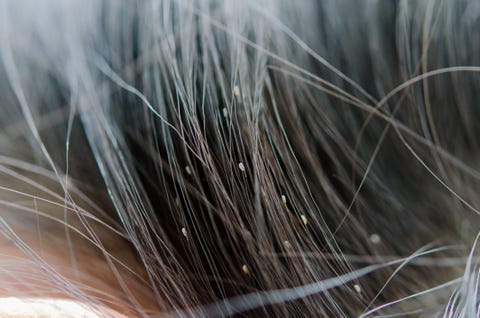

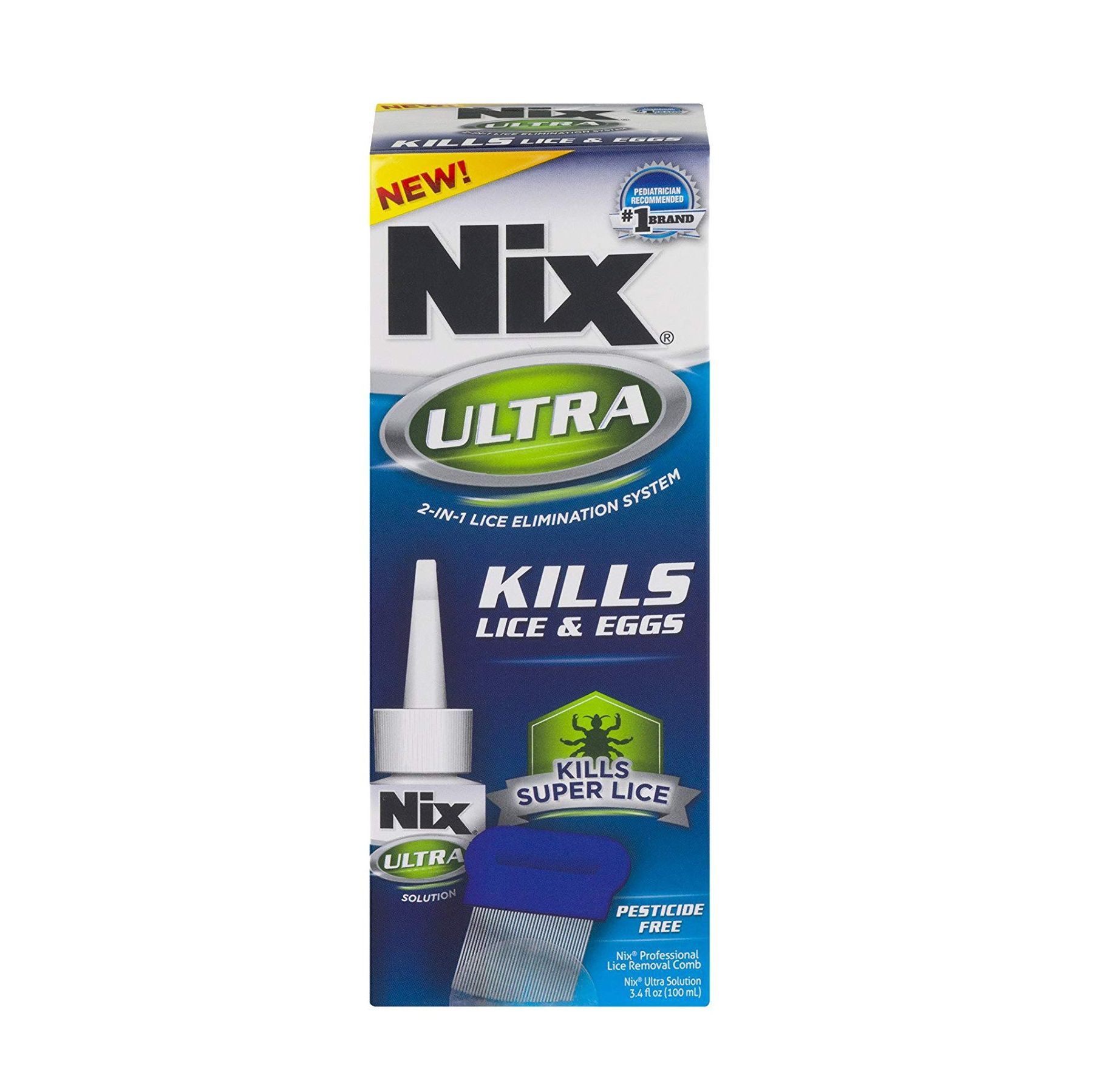
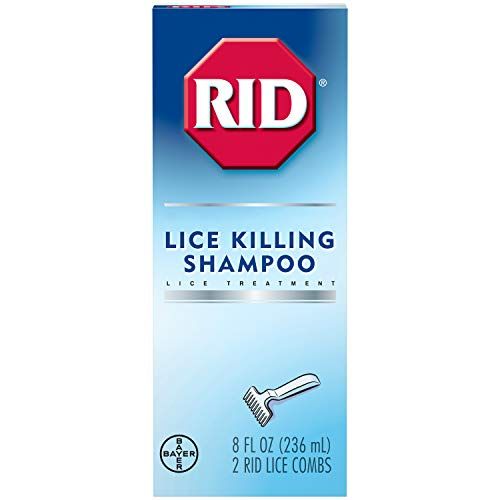
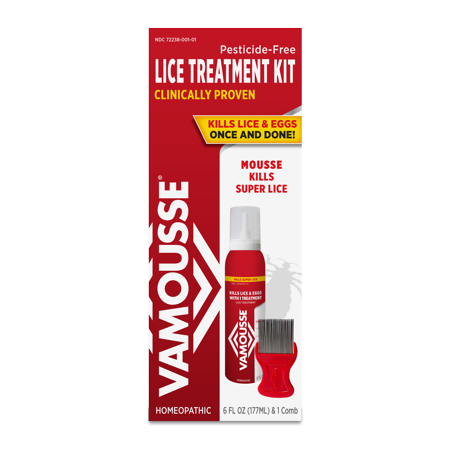
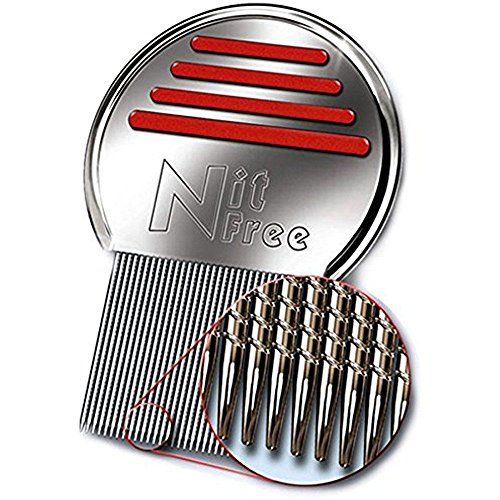
Belum ada Komentar untuk "Is It Easy to Get Head Lice Again if You Have Already Had It"
Posting Komentar